Book now
Exploring Odzun Church: A Hidden Gem in Armenia
Welcome to the Lori Province of Armenia, where history whispers through the stones and echoes through the ages. Nestled in the village of Odzun, the Odzun Church stands tall, a testament to Armenia’s rich cultural and architectural heritage. Join us on a journey through time as we unravel the secrets of this ancient Armenian basilica.
Origins and Construction
Odzun Church, a marvel frozen in time, is believed to have been constructed between the 5th and 7th centuries. Initially built in the 6th century, it underwent a transformation in the 8th century under the skilled hands of Hovhannes III Odznetsi, a local from Odzun. The result? A breathtaking pink felsite basilica with three naves.
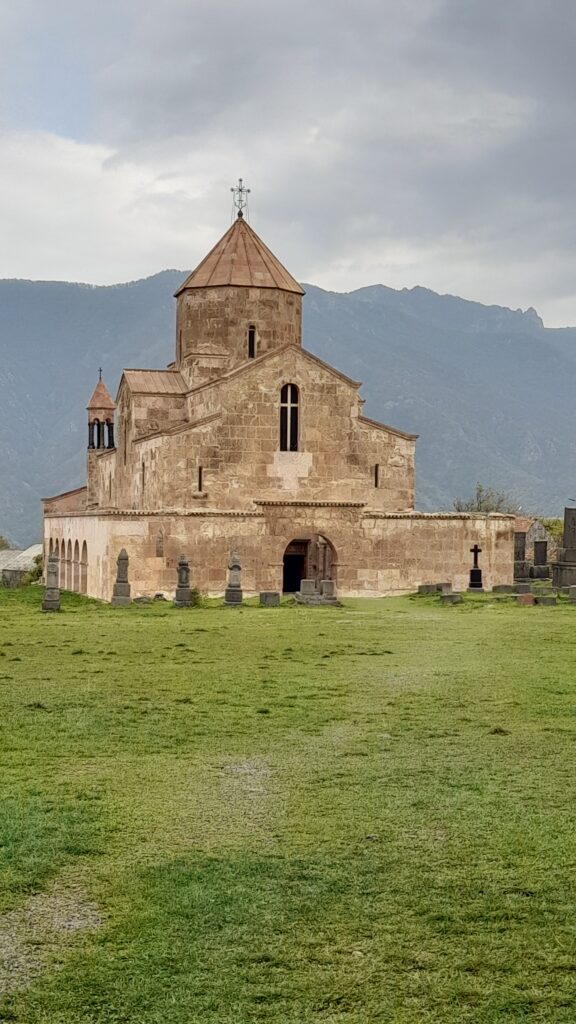
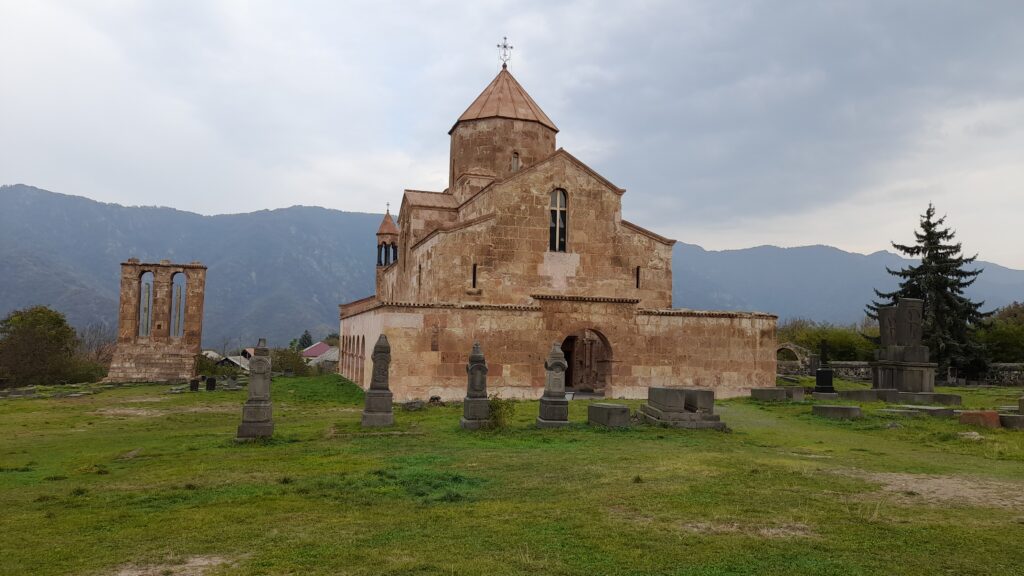

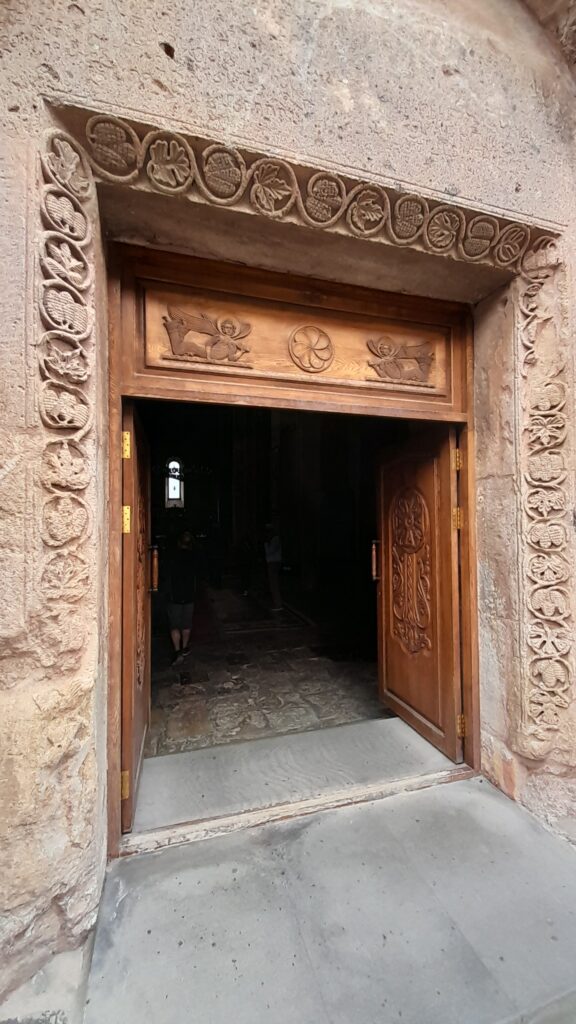

Wandering around Odzun Church, you’ll notice its distinctive arcaded cloisters at the northern and southern sides, offering a unique architectural touch. Barrel-vaulted roofs add to the allure, while intricate carvings of Christ, angels, and biblical scenes grace the façades, telling stories of faith and tradition.
Location: Odzun 3,1731 Armenia
Renovations and Additions
Between 2012 and 2014, meticulous renovations breathed new life into Odzun Church. Two small bell towers, added in the 19th century, now stand proudly, adding a charming contrast to the ancient structure. The church, a living testament to resilience, showcases a blend of historical authenticity and contemporary care.
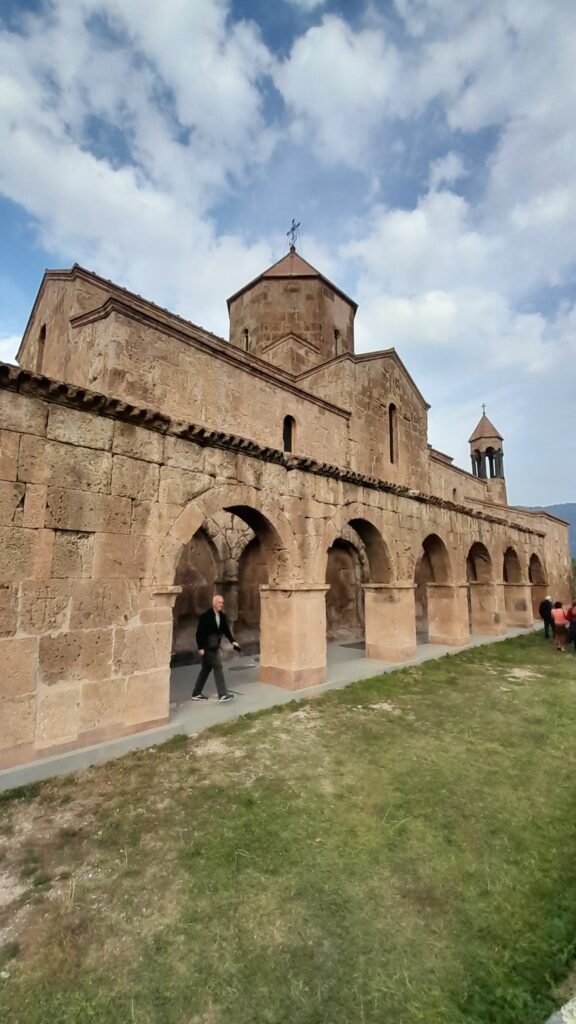

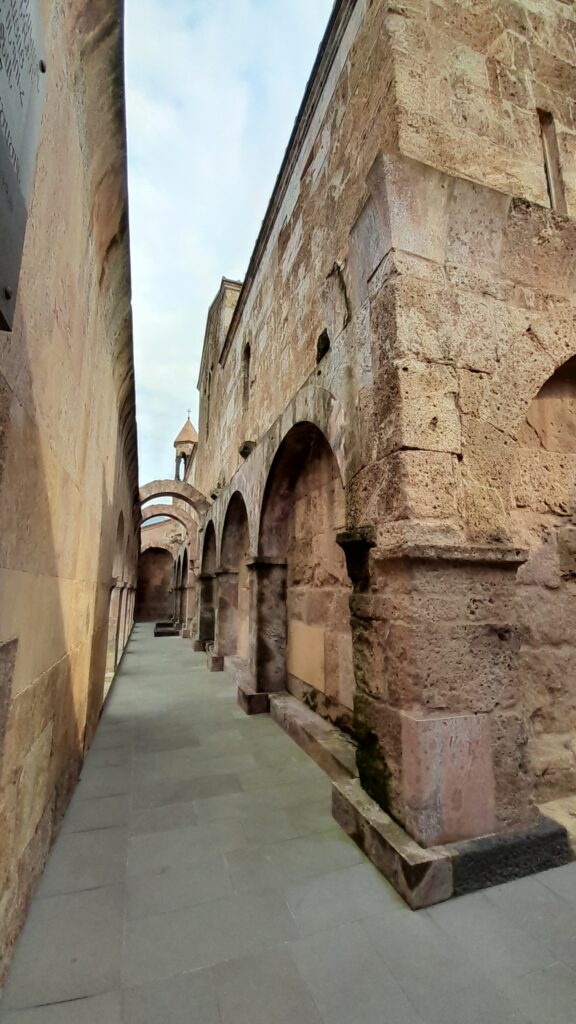

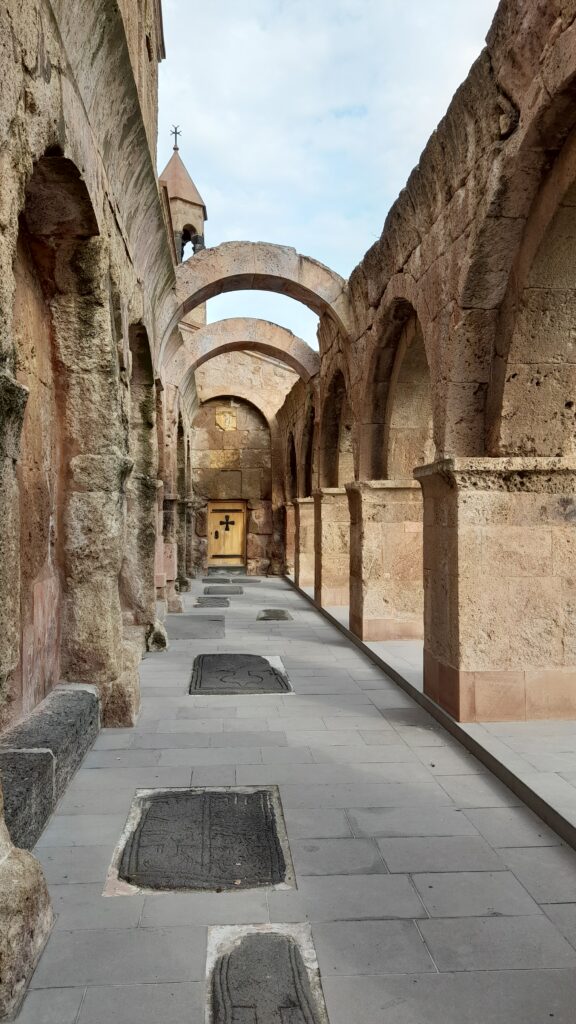

Gravestones and Funerary Monuments
Surrounding the church, clergy gravestones and a mysterious funerary monument captivate visitors. Could it commemorate Hovhannes Odznetsi or date back to the 6th century, marking the introduction of Christianity in Armenia? The carvings tell tales of a bygone era, inviting contemplation.
Odzun Church houses one of two claimed funerary monuments in Armenia, believed to have been gifted by an Indian king in the 8th century. The other rests in Aghudi in the Syunik Province. These monuments weave threads of international connection into the rich tapestry of Armenian history.
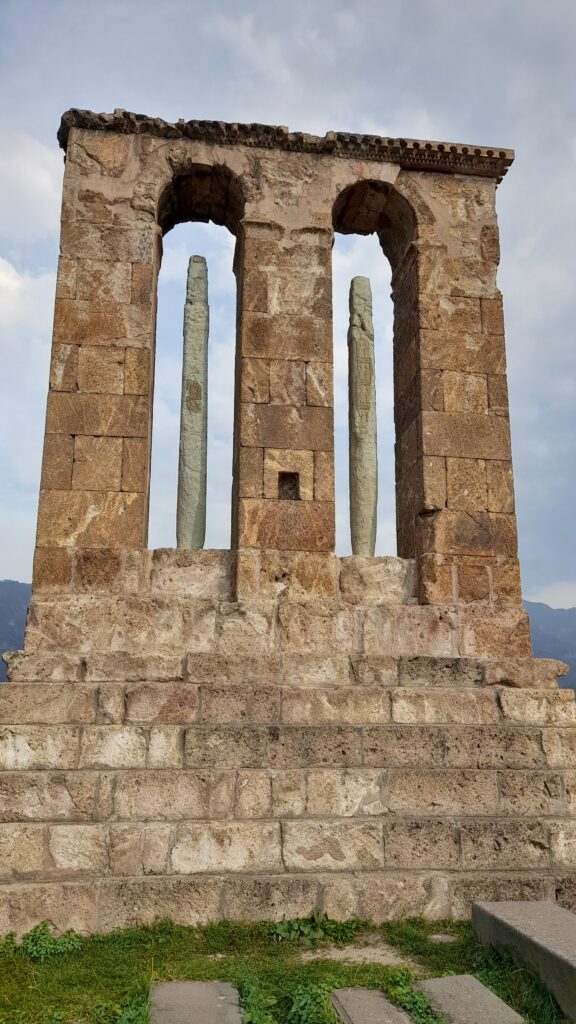

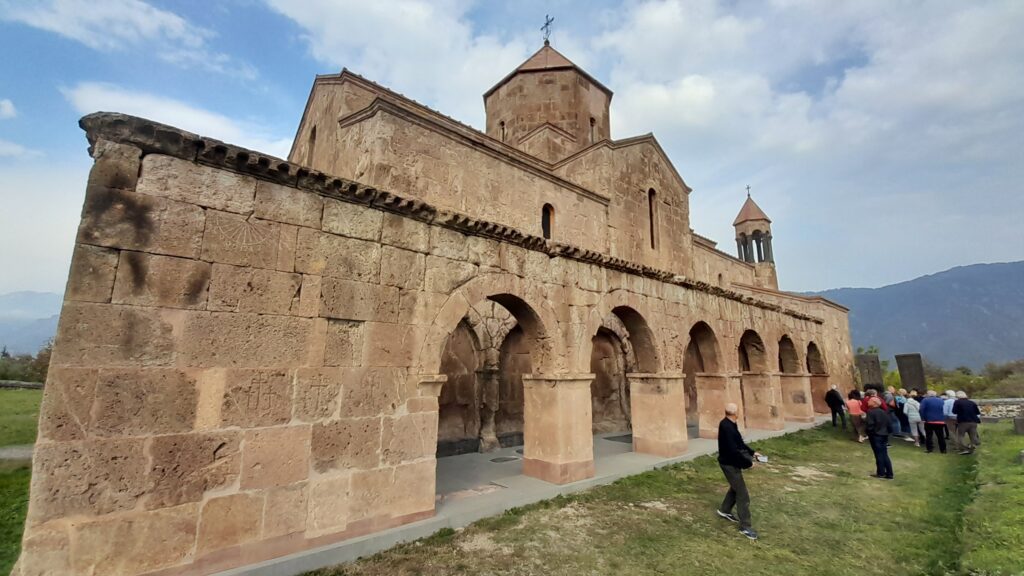

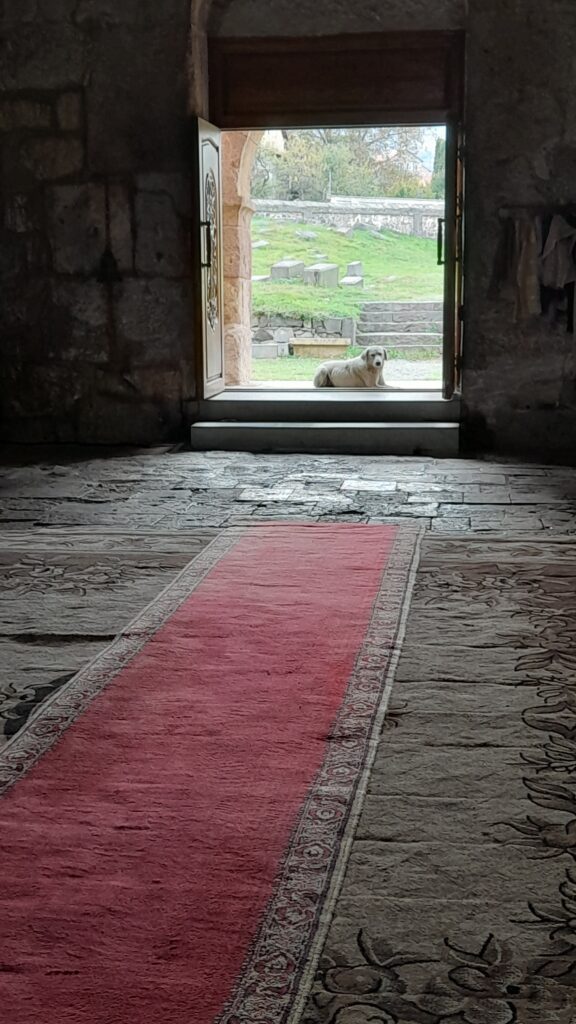

Odzun Church in Armenian Culture
Belonging to the Armenian Apostolic Church, Odzun Church is not just an architectural wonder but also a spiritual haven. Categorized as a tourist attraction within the Lori Province, it beckons travelers seeking a blend of history, spirituality, and natural beauty.
Odzun Monastery: An Epitome of Armenian Architecture
Beyond the church, Odzun Monastery, built between 303-313, stands as a significant example of Armenian architecture from the early Middle Ages. King Tridates III and Grigor the Illuminator blessed this Armenian basilica, rooted in the traditions of anointing.
The Name’s Essence
The name “Odzun” finds its roots in the Armenian word “otsel,” meaning “anoint.” Legends tie it to Thomas, a disciple of Jesus Christ, who allegedly anointed priests and bishops here in the 1st century. Each stone seems to hold echoes of ancient rituals.
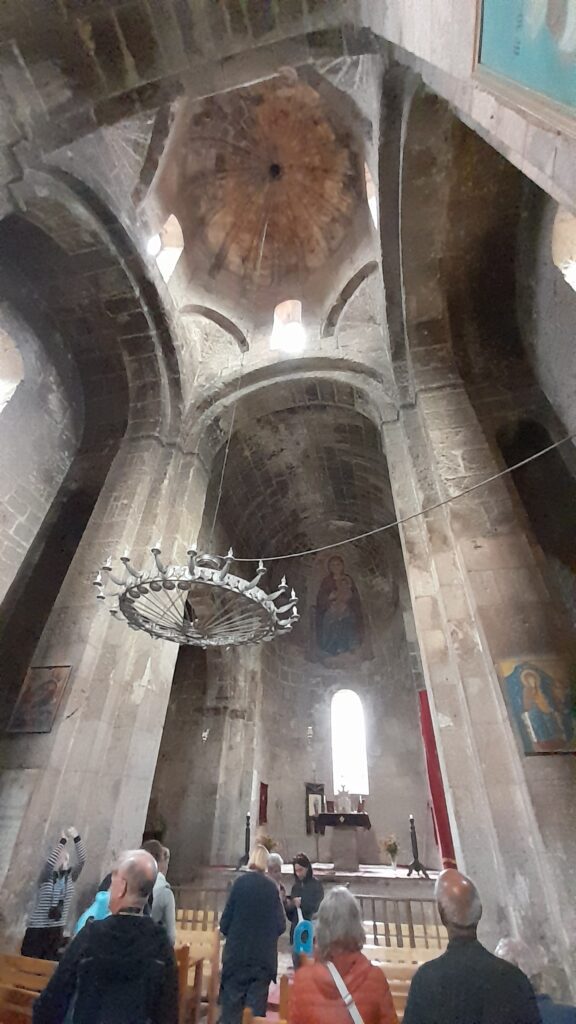

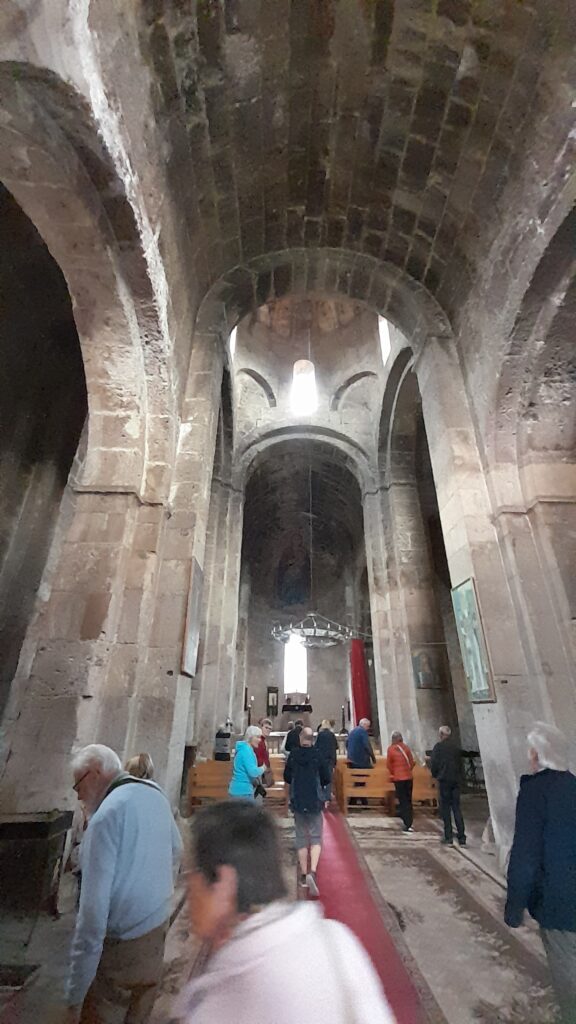

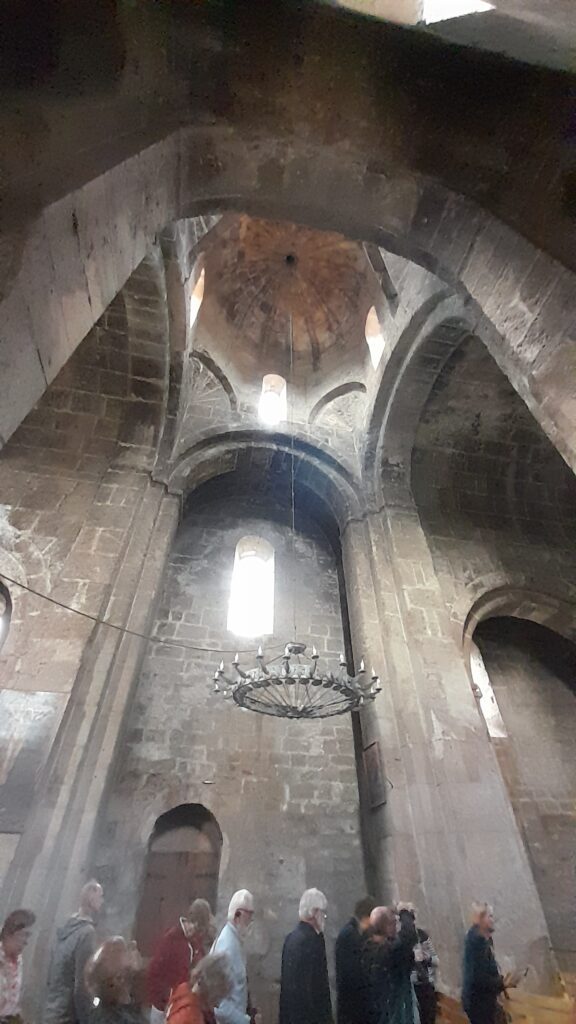

Rebuilding and Transformations
Catholicos Hovhannes of Odzun left his mark between 717-728, transforming the structure into a three-aisled pink basilica. Arched cloisters, a carving of Jesus Christ, and three entrances distinguish Odzun Church, standing as a testament to continuous architectural evolution.
An underground passage, now a hidden relic of the past, once connected Odzun Church with the church of Tsiranavor. Nearby, a funerary monument from the 5th-6th centuries reveals evangelical scenes, adding depth to the historical narrative.
Soviet-Era Struggles
Despite facing disrepair and reconstruction during the 1980s, Odzun Church stands proud today. Partial Soviet-era restoration efforts came to a halt after the collapse of the Soviet Union, leaving the church to tell a story of resilience and survival.
Conclusion
Odzun Church distinguishes itself among Armenian dome basilicas. Its unique outline, architectural grandeur, and historical importance draw tourists from around the globe. Visitors come not only for the beauty of the church but also for the serenity of the surrounding nature and the warm embrace of traditional Armenian hospitality.
People also read:
- 45 Things to See and Do in Armenia
- Unveiling the Mysteries of Garni Temple in Armenia
- 25 Things to See and Do in Yerevan
- Exploring the Beauty of Geghard Monastery in Armenia
- Khor Virap Monastery: Unveiling Armenia’s Historical Gem
- Areni Cave: Unearthing Millennia of History and Discoveries
- Yerevan in 25 Photos
- Saghmosavank Monastery: A Timeless Marvel in Armenian History
- Noravank Monastery: A Journey Through Time
- Amberd Fortress: A Citadel in the Clouds
- Etchmiadzin Cathedral: A Beacon of Armenian Christianity
- Haghartsin Monastery: A Time-Tested Beauty in Armenia
- Zvartnots Cathedral
- Akhtala Monastery Complex in Armenia
- Haghpat Monastery: A Timeless Beauty in Armenia
- Armenia in 50 Photos
- Sevanavank: A Pearl on Lake Sevan’s Shoreline
Spend the night in Armenia
Book a tour
FAQs
Read more articles on my Armenia page
This article may contain affiliate links. This means that we receive a small commission when you book something via these links. Of course, this does not cost you anything extra. Did our tips help you? We would love it if you book your trip via the links in the article above. Thank you so much.